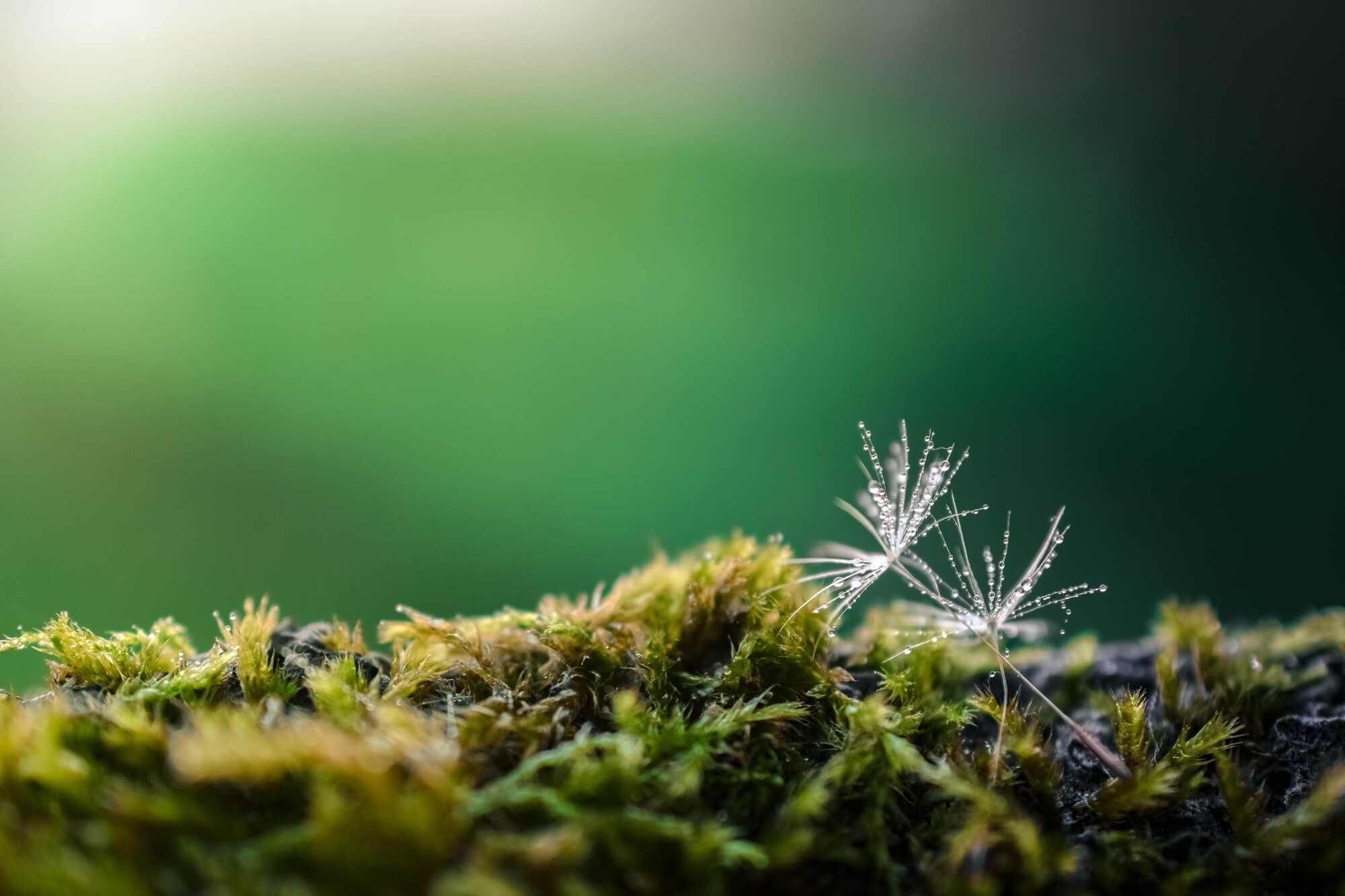
The Complete Guide to Growing Moss
Are you wondering if there’s anything fun you can do?
If you’re looking for a project that’s easy to manage but still has tangible results, try growing moss. It can provide beautiful greenery and texture to your estate.
People often have a fear of any kind of fungus, but moss is safe to have around with other plants.
If you’re ready to have your greenery have a little extra character and texture, then keep reading this moss-growing guide.
Let’s begin!
The Benefits of Growing Moss
Moss is a low-maintenance plant that doesn’t require much care or attention. It’s the perfect plant for those who don’t have a lot of time or experience in gardening.
Moss is also a good plant for those who want to add some greenery to their home but don’t want to deal with the upkeep of a more traditional garden.
It is also easy to grow and can be propagated easily. It doesn’t require a lot of water or sunlight, and it can grow in most climates.
Moss is a beautiful plant that can add some extra interest and dimension to your garden. It’s also a great plant for those who are looking for a low-maintenance, easy-to-care-for plant.
Equipment Used in Growing a Moss
Moss is a great addition to any garden, and with the right equipment, it’s easy to grow!
Pots or trays, soil, sand, gravel, and limestone are all necessary for growing moss. Sphagnum moss, peat moss, and compost are also all great choices for soil.
For pots or trays, make sure to use ones that are shallow and have drainage holes. A terrarium is also a great option for growing moss.
Sand, gravel, and limestone are the materials that will also help to create the perfect drainage and aeration for your moss.
Choose a sand that is coarse and gritty, and make sure the gravel is clean and free of debris. The limestone will help to pH balance the soil and make it more acidic, which is ideal for moss growth.
Once you have all of your materials, it’s time to get started!
The Best Location for Growing Moss
Mosses are small, flowering plants that grow in shady, moist areas. They are often found in woodlands, along streams, and in damp meadows. Mosses have a simple structure and do not have true roots.
Instead, they have rhizoids, which are thin, root-like structures that anchor the plant to the ground. Mosses reproduce by releasing spores, which are tiny, dust-like particles that are carried by the wind to new locations.
Mosses are easy to grow and can be used to add color and texture to gardens, terrariums, and indoor spaces. The best location for growing moss is in an area that receives indirect sunlight and has high humidity.
It does not usually require soil to grow moss, but they do need a moist environment. When watering mosses, be sure to use distilled or rainwater to avoid damaging the delicate plant.
The Best Soil for Growing Moss
Now you’re thinking, where does moss grow? Well, moss is a low-maintenance plant that can add a touch of beauty to any landscape. Though it grows best in moist, shady areas, moss can also be grown in full sun if the soil is kept moist.
The best soil for growing moss is rich, loamy soil that is high in organic matter. This type of soil retains moisture well and provides the nutrients moss needs to thrive.
If your soil is sandy or clay-based, you can improve its texture by adding organic matter such as compost or peat moss. Moss also does well in containers, so if you don’t have a suitable spot in your yard, you can grow it in a pot.
If you are looking to modify your garden, check out this amazing landscaper and request a free quote today!
The Best Time of Year for Growing Moss
Moss is a type of plant that can be found in a wide range of climates, from cold mountainous regions to hot tropical areas.
Its ability to survive and thrive in a variety of conditions has made it a popular choice for gardeners looking to add a touch of green to their yards.
The best time of year for growing moss depends on the climate in which you live. In general, fall and spring are the best times to start growing moss, as the weather is mild and there is ample rainfall.
If you live in a region with a warmer climate, you can start growing moss in late winter or early spring.
How to Transplant Moss
Moss is a great addition to any garden, and it’s easy to grow! Moss loves shady, moist conditions, so it’s perfect for those difficult-to-plant areas of your garden.
Transplanting moss is easy to do, and it’s a great way to get started with growing them.
To transplant moss, simply collect a small section of moss from an area where it is growing well and then transplant it to the desired location. Be sure to handle it as little as possible and try to keep the roots intact.
Remember to water the moss regularly and provide it with some shade so that it can adjust to its new environment. With a little care, your transplanted moss will soon take root and begin to spread.
Learn More About Growing Moss Now
If you’re looking to add some greenery to your life, consider growing moss. It’s easy and low-maintenance, and it can add a touch of nature to any space.
This comprehensive guide provides everything you need to know about growing moss, from propagation to care and maintenance.
Did you find this article useful? Check out the rest of our blog for more!
